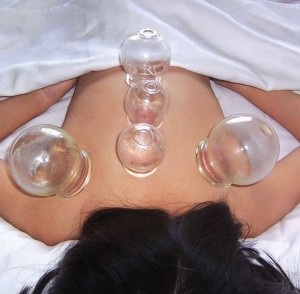
Cupping
Recently there has been a renewed interest in one of the most ancient of medical practices: cupping, or the application of suction cups to the body. Although we don’t know where cupping originated, as far back as 2,500 B.C. in China and Egypt cupping was highly respected as a treatment, and ancient Greek physicians practiced it extensively. In the early days, cups were made of animal horns or bamboo. Later, they began to be made out of pottery and today glass or plastic. Typically, they are round, 1” to 3” in diameter, and as they are applied to the body a vacuum is created either by means of heating the inside air or by a mechanical pump. The vacuum makes the cup stick to the body, draws up the skin, opens the pores and causes blood to gather under the cup.
From a western scientific perspective, by drawing blood from areas underneath, fresh blood moves into the surface. The result is an immediate improvement of circulation in the affected area. It has been found that cupping affects the circulation 4 inches below the surface of the skin where the cups are applied. Consequently, cupping can directly influence the health of the underlying tissues and internal organs.
In China, extensive research has been carried out on cupping, and the practice is a mainstay of government-sponsored hospitals of Traditional Chinese Medicine (TCM). Nothing helps to unblock stuck energy more effectively. In TCM, the therapy is used to relieve what is called “stagnation” of qi (or blood.)
If a patient is suffering from respiratory diseases such as the common cold, lung congestion, asthma and bronchitis, cupping the back will often reduce the congestion substantially. It is believed that cupping improves the function of the internal organs and is indicated for a whole array of digestive, respiratory or gynecological problems where stagnation of “qi” energy or blood is indicated. Cupping can reduce pain and swelling, and speed up the natural healing process. It is also often effective in the treatment of painful joints and muscles, and high blood pressure.
The mild pulling helps myofascial release and calms the sympathetic nervous system, thus allowing the whole body to relax. Among other benefits cupping opens the pores, draws pathogenic factors and toxins out of the body and stimulates lymphatic drainage to aid detoxification.
A common concern about cupping is the marks that sometimes result. Where there is dead, static blood, lymph, cellular debris, pathogenic factors, and toxins present in the body, dark marks may appear. This indicates that they have been moved from the deeper tissue layers to the surface allowing fresh oxygenated blood to nourish and heal the underlying areas. If there is no stagnation present, there will be only a light pink mark which disappears in a few minutes, while darker marks generally disappear in a few hours or days.
Cupping therapy should be performed only by a trained health care practitioner.
Diane Sheppard is a licensed acupuncturist with a Ph.D. in Oriental Medicine. Dr. Sheppard trained in both China and the U.S and can be reached at AcQPoint Wellness Center in La Quinta. 760-775-7900 www.AcQPoint.com




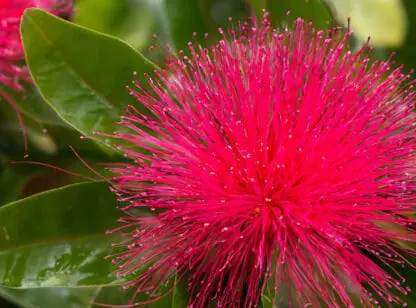


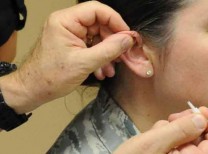

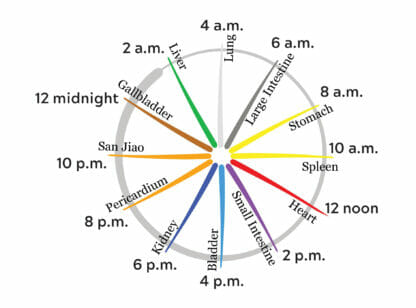
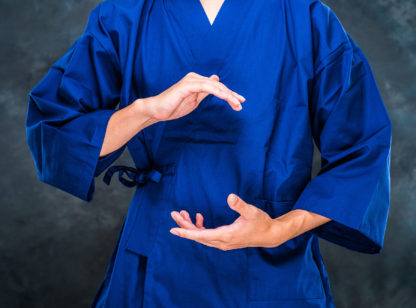

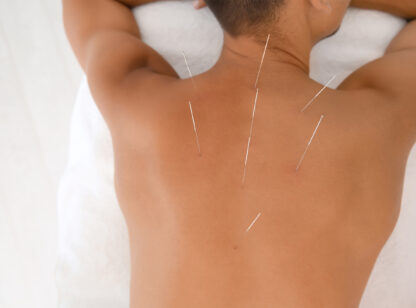


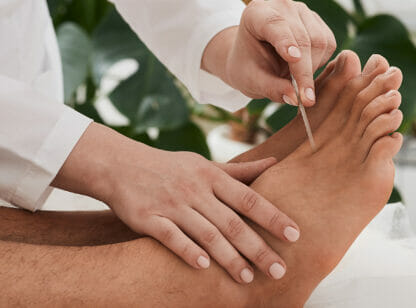

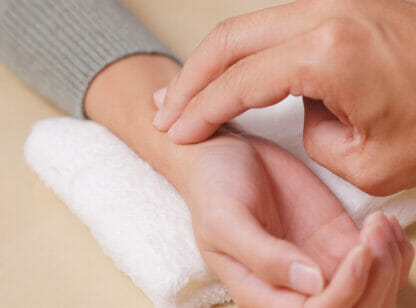


























Comments (0)